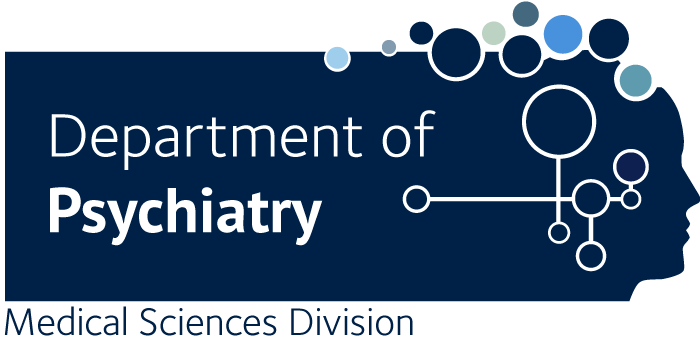Towards better care for women with schizophrenia-spectrum disorders.
Brand BA., de Boer JN., Dazzan P., Sommer IE.
Women with a schizophrenia-spectrum disorder (SSD) have a better clinical profile than do men at the start of their illness but progress to the same state within the first few years of living with SSD. There are benefits to be gained across different areas in the care currently offered to women with psychosis. An important point for improvement is the early detection of female-specific signs of a first episode of psychosis, to shorten the duration of untreated psychosis, with prompt access to early intervention services. Special attention should be paid to sexual health, and to any history of childhood trauma. Antipsychotics require dosing and prescription tailored to the female physiology that consider hormonal life phases such as menopause. Switching to prolactin-sparing medications can benefit both mental and somatic health. Finally, hormone replacement therapy should be considered for postmenopausal women. By providing female-specific care, women with schizophrenia-spectrum disorders will have optimal chances to fare well.

